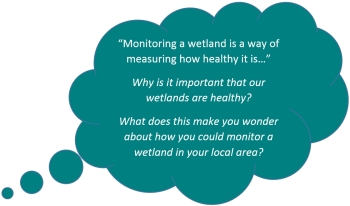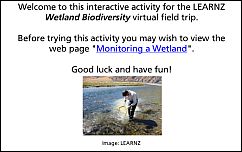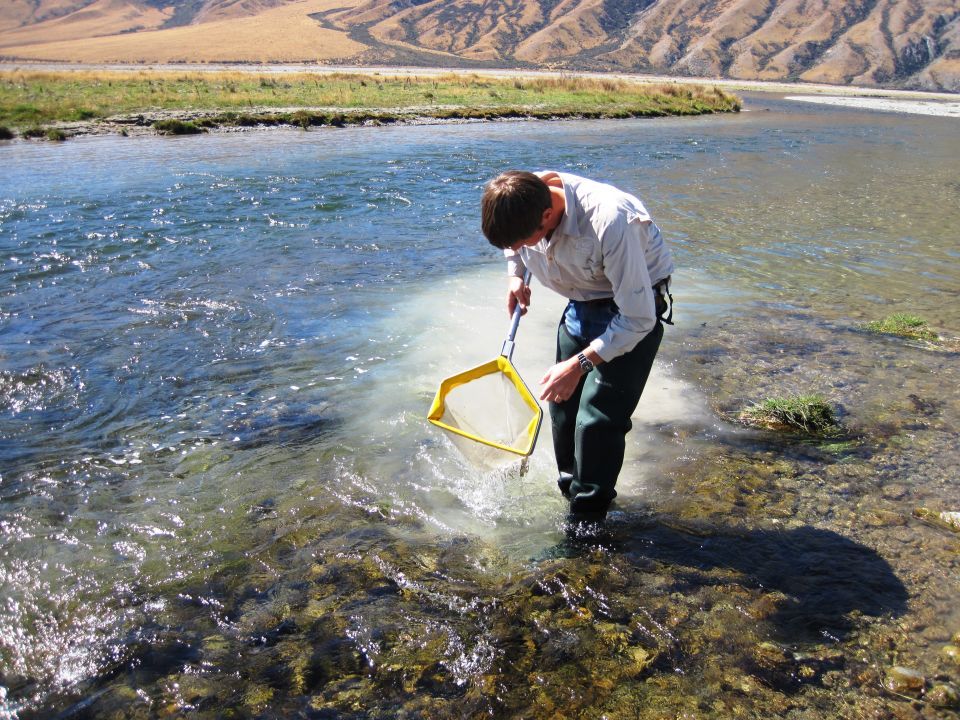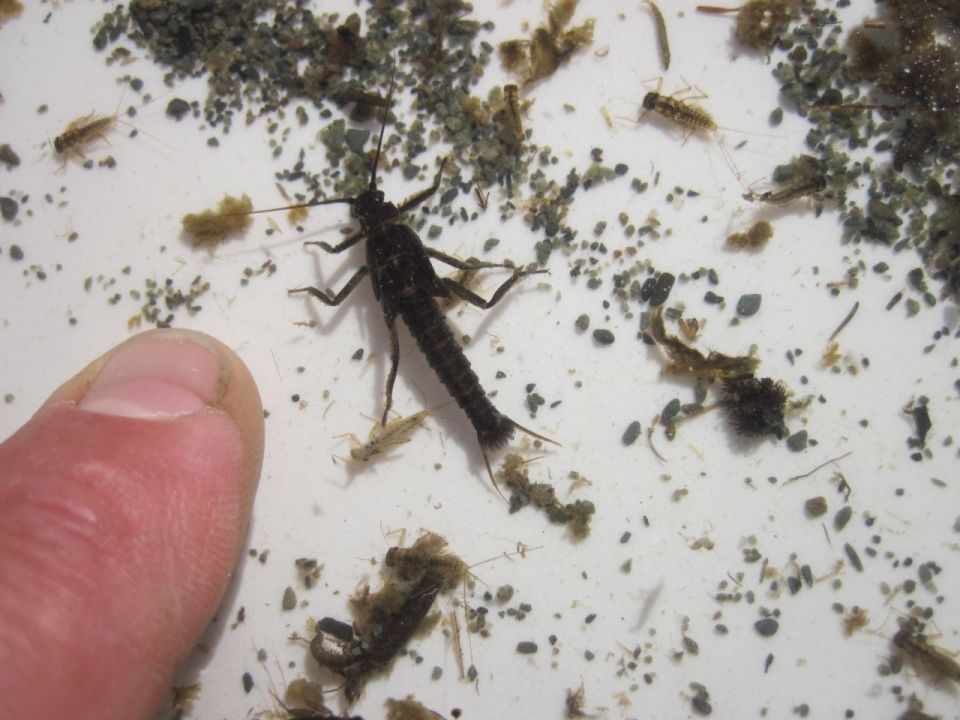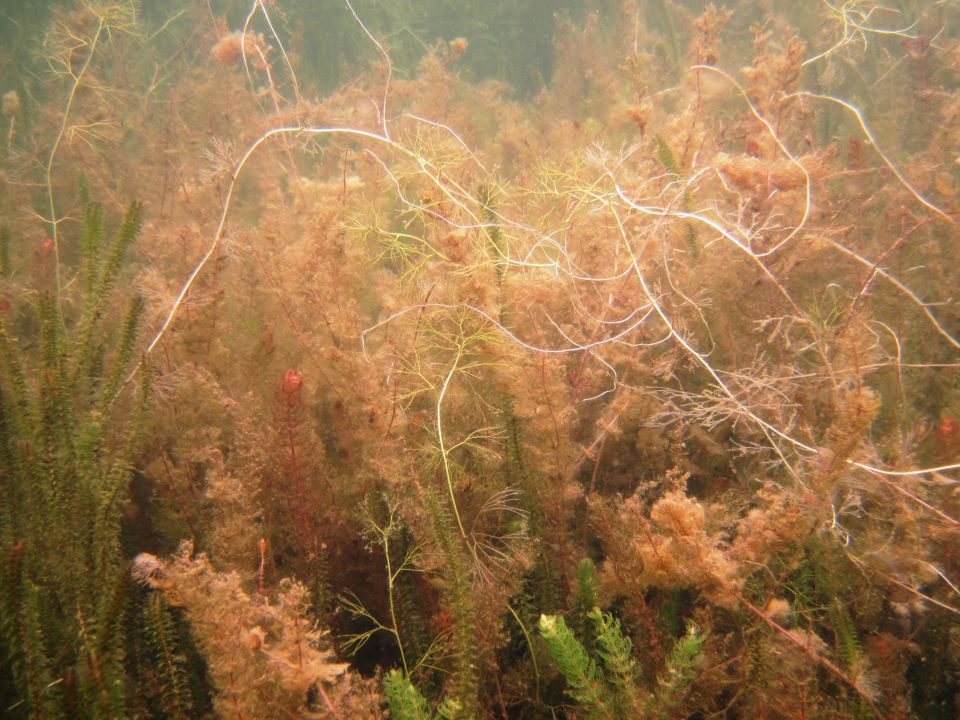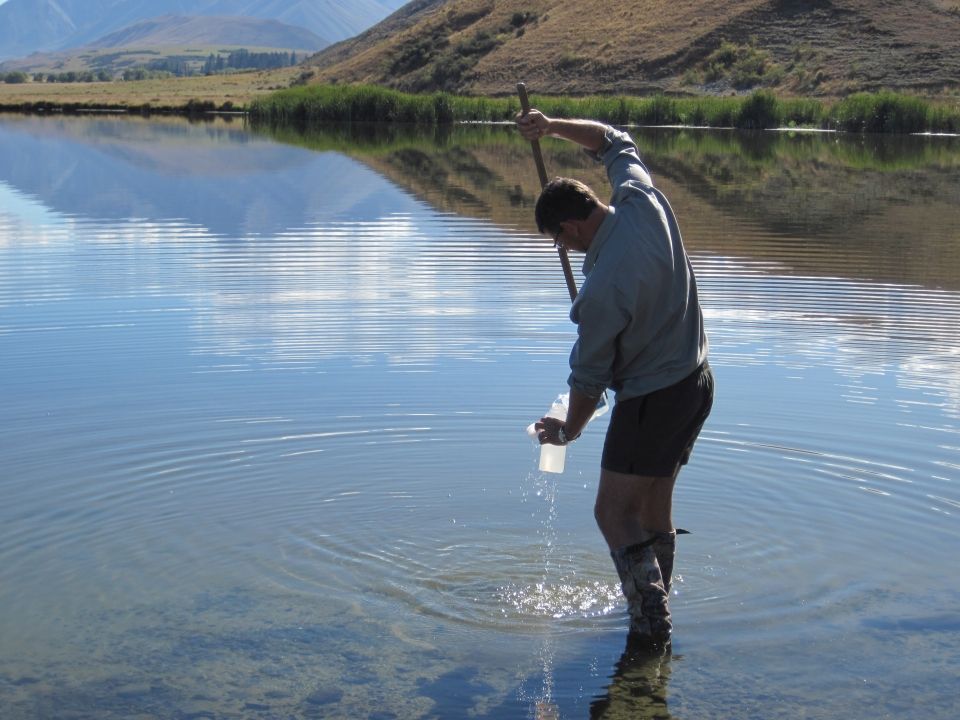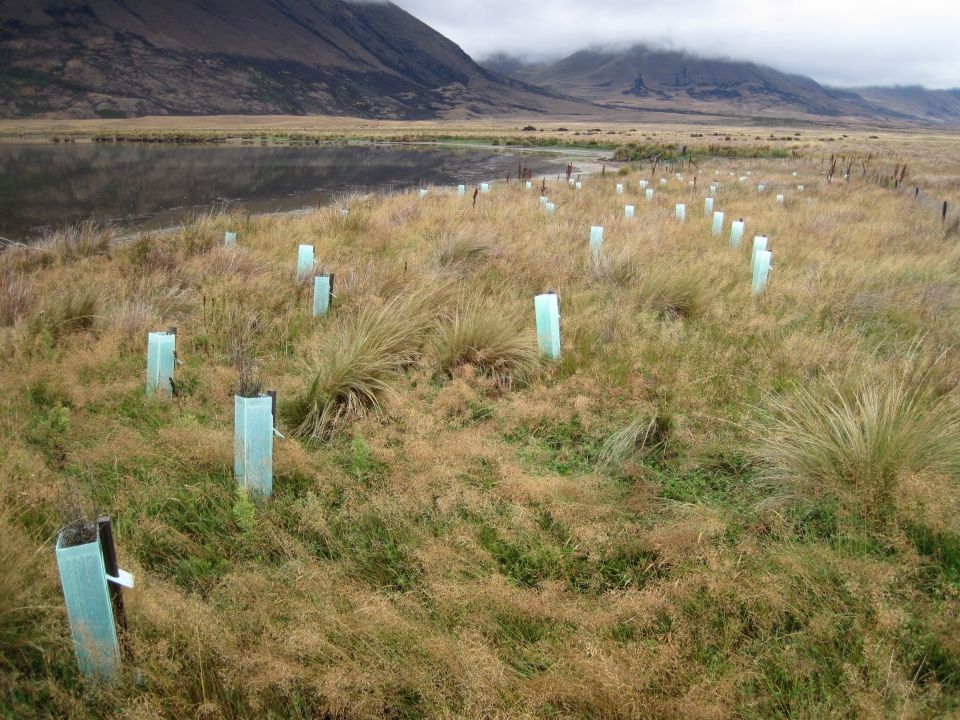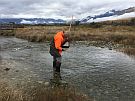Why monitor a wetland?
Monitoring a wetland is a way of seeing how healthy it is. It can be done to:
- improve streams for fish
- follow the effects of harmful human activities
- see what happens to a wetland if such activities stop
- check changes after planting at the edge of a wetland
- make a wetland look better.
How it is done
When people monitor a wetland they take samples and notes about:
- habitat e.g. water temperature and clarity
- biology e.g. what animals and plants are there.
- A wetland monitoring kit can be used to help with the observing, measuring, collecting and recording.
Insect sampling
Invertebrates are often used to show stream health because their numbers change if the water changes. They are easy and cheap to collect.
A wetland that has a wide range of invertebrates is usually healthy.
Taking action!
Once the waterway has been monitored, it is time for action. This could involve:
- using the information you have collected to help plan activities to improve the wetland
- asking for help from other people
- finding out about native freshwater planting
- making decisions about how to monitor the wetland in the future
- talking to local Tangata Whenua.
